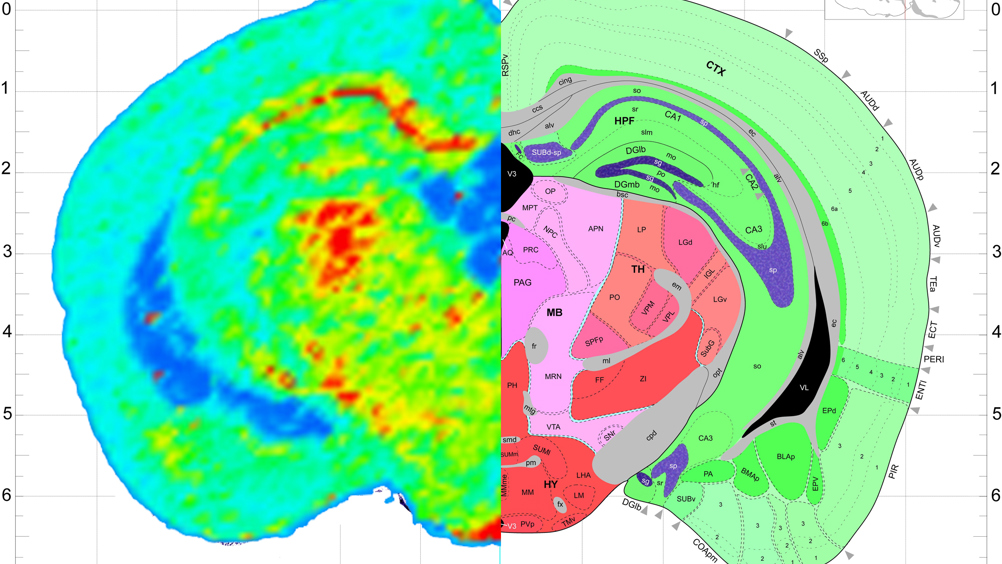Scanning technique could map trace elements in the body
Australian scientists are developing a medical scanning technique borrowed from geological analysis to map metals and trace elements in the body.

It is hoped the map will give new insights into the role that metals play in disease — an understudied field.
The imaging technology and resulting research programme are the products of an ongoing relationship between the University of Technology, Sydney (UTS) and Agilent Technologies, a measurement company with a focus on life sciences and chemical analysis.
The first project aims to build an elemental atlas of a mouse brain to gain insights into the role that metals play in degenerative neurological disorders such as Parkinson’s and Alzheimer’s disease.
‘What we can do is image the metal distribution and see what happens to, say, iron, copper, zinc, manganese and other elements,’ said Prof Phil Doble of UTS.
Another project will look at trace of elements in the body using a technology called inductively coupled mass spectrometry. Doble and his team are investigating whether changes to normal trace elements levels could signal the presence of diseases, including a range of cancers.
Register now to continue reading
Thanks for visiting The Engineer. You’ve now reached your monthly limit of news stories. Register for free to unlock unlimited access to all of our news coverage, as well as premium content including opinion, in-depth features and special reports.
Benefits of registering
-
In-depth insights and coverage of key emerging trends
-
Unrestricted access to special reports throughout the year
-
Daily technology news delivered straight to your inbox










Water Sector Talent Exodus Could Cripple The Sector
Maybe if things are essential for the running of a country and we want to pay a fair price we should be running these utilities on a not for profit...